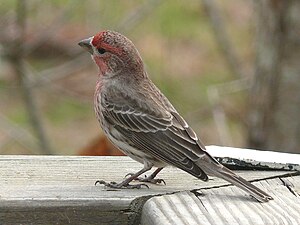
I've have a flicker that flicks seeds all over and the jays are no better. What are they looking for? ~ Indianapolis, Indiana Birds look for the very best seeds. First, fresh and heavy seeds full of oil are chosen over the dried up older seeds. Blue Jays and other birds will shuffle through the seeds until they find what...
Category ›
Question of the week





















